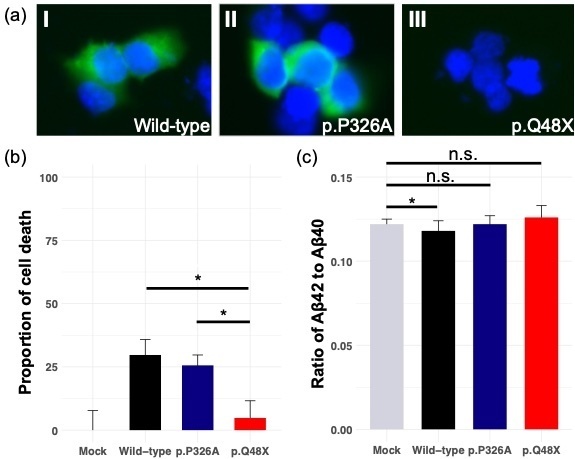キツネザルの野生個体群の研究が、気候、体の大きさ、色覚が霊長類の毛の進化に与える影響を評価するのに役立つ
Study of wild population of lemurs helps researchers assess the impacts of climate, body size and color vision on the evolution of primate hair
2022-03-14 マサチューセッツ大学アマースト校
・マダガスカルに生息するシファカキツネザルは、乾燥した開放的な環境で頭髪が密になる。研究チームは、キツネザルの毛が、初期の人類と同様に、強い太陽光線から身を守るのに役立っていると考えている。
・また、寒冷な地域に生息するキツネザルは、黒い毛を持つことが多い。これは、「ボガート則」と呼ばれる自然界の古典的なパターンを哺乳類で初めて証明したもので、「暗い色は太陽の光から熱を吸収しやすく、体温調節の助けになる」とされている。
・キツネザルの赤い毛は、色覚の向上と関連している。研究者によれば、より広い範囲の色を見ることができる個体群には、赤い毛の斑点がより多く見られるという。

Lemurs. Credit: Rachel Bell Burten.
<関連情報>
インドリ科キツネザルの毛髪表現型の多様性
Hair phenotype diversity across Indriidae lemurs
Elizabeth Tapanes,Rachel L. Jacobs,Ian Harryman,Edward E. Louis Jr,Mitchell T. Irwin,Jason M. Kamilar,Brenda J. Bradley
Abstract
Objectives
Hair (i.e., pelage/fur) is a salient feature of primate (including human) diversity and evolution—serving functions tied to thermoregulation, protection, camouflage, and signaling—but wild primate pelage evolution remains relatively understudied. Specifically, assessing multiple hypotheses across distinct phylogenetic scales is essential but is rarely conducted. We examine whole body hair color and density variation across Indriidae (Avahi, Indri, Propithecus)—a lineage that, like humans, exhibits vertical posture (i.e., their whole bodies are vertical to the sun).
Materials and methods
Our analyses consider multiple phylogenetic scales (family-level, genus-level) and hypotheses (e.g., Gloger’s rule, the body cooling hypotheses). We obtain hair color and density from museum and/or wild animals, opsin genotypes from wild animals, and climate data from WorldClim. To analyze our data, we use phylogenetic generalized linear mixed models (PGLMM) using Markov chain Monte Carlo algorithms.
Results
Our results show that across the Indriidae family, darker hair is typical in wetter regions. However, within Propithecus, dark black hair is common in colder forest regions. Results also show pelage redness increases in populations exhibiting enhanced color vision. Lastly, we find follicle density on the crown and limbs increases in dry and open environments.
Discussion
This study highlights how different selective pressures across distinct phylogenetic scales have likely acted on primate hair evolution. Specifically, our data across Propithecus may implicate thermoregulation and is the first empirical evidence of Bogert’s rule in mammals. Our study also provides rare empirical evidence supporting an early hypothesis on hominin hair evolution.



